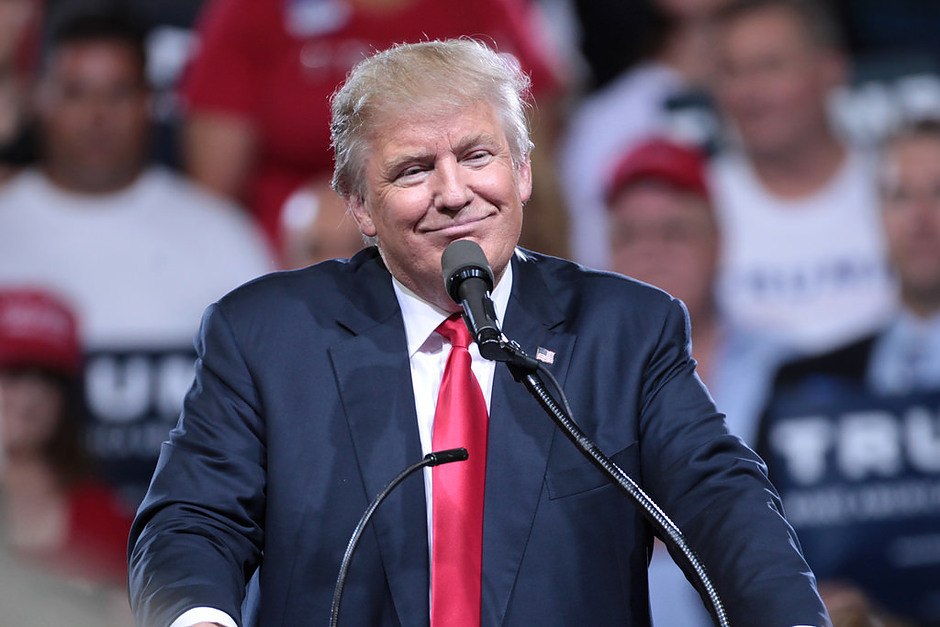Trump and China to Sign Trade War Ceasefire on Wednesday

On Wednesday, the US and China will sign a compromise deal that will calm but not end a two-year trade war.
Hooray, we have a deal at last, assuming nothing happens between now and Wednesday. But serious issues linger.
The Wall Street Journal comments on How the U.S. and China Settled on a Trade Deal Neither Wanted.
The accord promises increased purchases of U.S. goods and services, greater access for American firms to China’s banking, insurance and other financial sectors, an end to tariff threats—and a chance to reset relations between the world’s largest economies. The two sides also have agreed to bi-annual meetings to discuss trade and economic issues.
Even so, the deal isn’t what either side said it had wanted. The U.S. doesn’t get the fundamental reforms in Chinese economic policy it sought to help American businesses. And levies remain on about $370 billion of China’s exports.
Mr. Trump had long claimed China was paying the cost of tariffs. Executives from Best Buy Co. were among those pointing out the burden falls on U.S. businesses and customers.
The U.S. is counting on remaining tariffs to compel Beijing to continue negotiating and agree to economic-policy changes. Failing that, Washington could use other pressure points, such as limiting the ability of Chinese firms to list shares in U.S. markets.
Still, Chinese officials feel they have little to gain from a phase-two deal forcing Beijing to ease state control of the economy, and Mr. Trump recently said that a phase-two agreement probably wouldn’t conclude until after the Nov. 3 election. The Chinese government continues to plan for a future where the two economies would be less intertwined and China would develop technology rather than rely on American imports.
When Mr. Xi met with a group of foreign luminaries including former Secretary of State Henry Kissinger and former Treasury Secretary Hank Paulson in a November forum in Beijing, say attendees, he told them: “We did not start the trade war, but we won’t flinch from confrontation…Why should we change policies that are working?”
Deal or Ceasefire?
The WSJ calls this a deal.
Given US tariffs remain and there is no action by China on the intellectual property aspects, I call it a ceasefire.
Ceasefire, What We Know
- China to Resume Buying US Agricultural Exports
- No Economic Policy Reforms in China
- Tariffs Remain
- Hooray, Bi-Annual Meetings
- Phase 2 In Doubt
- China Says it Won't Flinch from Confrontations
- Most Details Remain a Top Secret
- Trump Ends Currency Manipulation Charge
That's All?
Yes. After two years of brutal escalations, a trade war ceasefire is all we get from alleged super-duper wheeler dealer Trump. This is a ceasefire that Trump could have had at any point in the last two years.
Moreover, we are worse off then when we started and tariffs still remain.
What happened?
In a nutshell, both sides were finally tired of the increasing damages, but neither side would walk back from core positions.
Currency Manipulation Charges Off
Ahead of the ceasefire, U.S. to Drop China’s Currency Manipulator Label.
The U.S. Treasury Department will drop its designation of China as a “currency manipulator” just two days before negotiators from Beijing and Washington are set to sign the first phase of the trade deal between the two countries, according to a senior U.S. official.
U.S. lawmakers, economists and industry representatives have long expressed concern that China undervalues its currency to make its exports more competitive.
On August 6, I noted US Treasury Declares China a Currency Manipulator Under Orders From Trump.
Three Currency Manipulation Criteria
- Significant bilateral trade surplus with the United States
- Material current account surplus
- Country engaged in persistent one-sided intervention in the foreign exchange market.
Those were Trump's criteria, not
China failed test two. China has a huge trade surplus with the US but China does not have a "material current-account surplus".
China also failed test 3. China frequently intervened with capital controls to prop up the value of the yuan.
Trump does not care about rules, even his own.
But now that we have a "deal", the currency manipulator charge is off.
Manufacturing Damage
Meanwhile, please note Manufacturing ISM Down 5th Month to Lowest Since June 2009.
Also note, Manufacturing One Hit Wonder is Over, Jobs Up a Modest 145,000.
For added measure, Nine States Projected to Contract in 2020: More on the Way.
Hooray for the Ceasefire
Even if there was a substantial deal, it would have taken time for the economic impacts to ripple through. But at least the escalation stopped.
And it's the best ceasefire the world has ever seen.
Author

Mike “Mish” Shedlock's
Sitka Pacific Capital Management,Llc

















